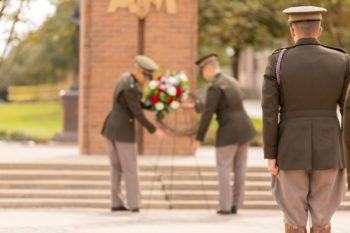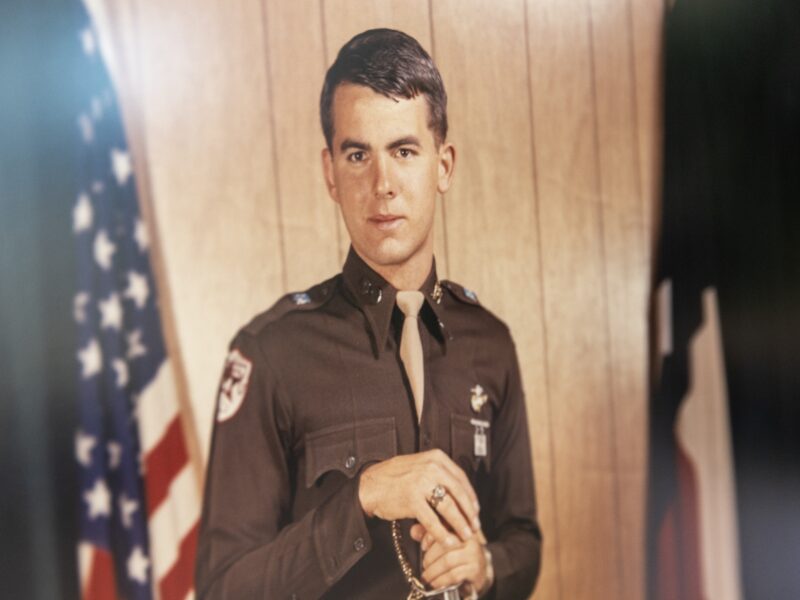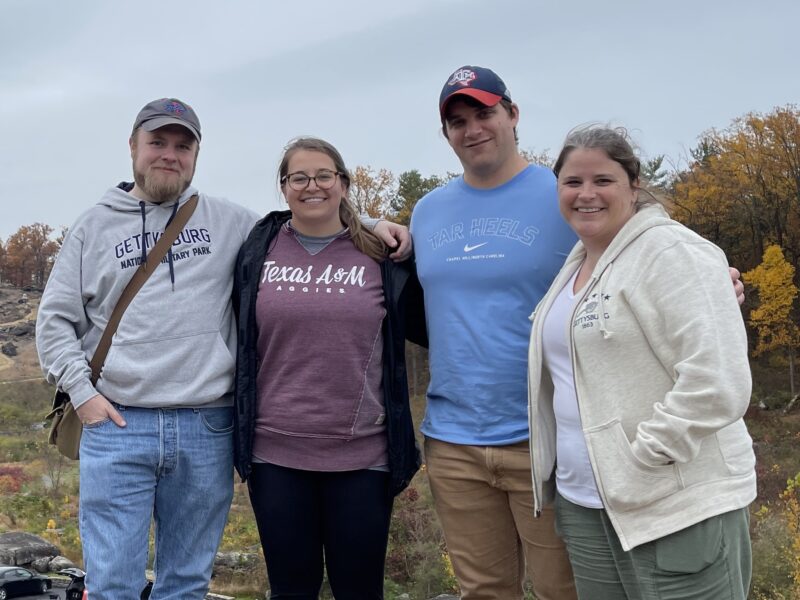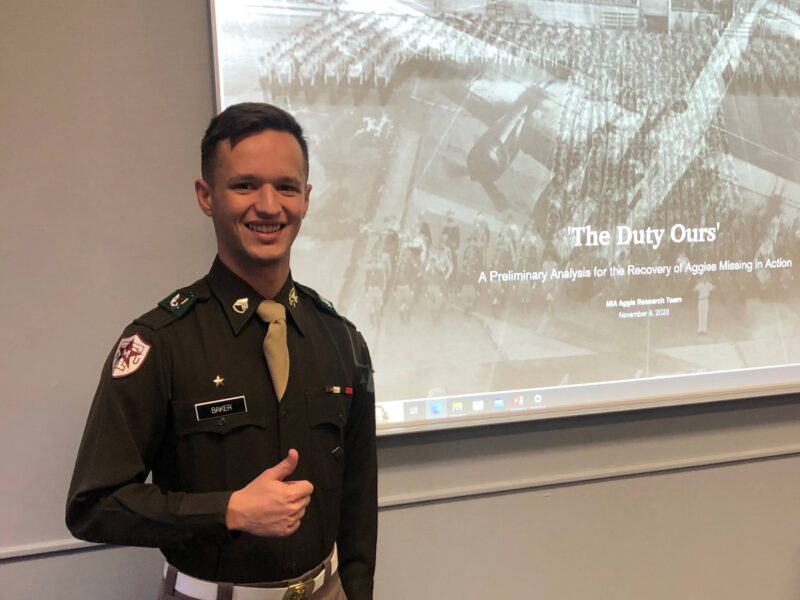Supporting Student Veterans At Texas A&M

For many of the 1,130 veterans enrolled at Texas A&M University, adjusting to college life comes with obstacles that are significantly different from those encountered by traditional undergraduates.
Col. Jerry Smith ’82 USMC (Ret.), director of the System Office of Veteran Services, calls them “unique non-traditional students”: They’re around a decade older than the typical 18- to 22-year-old student, almost half are married, and about 38% of the student veteran population are the first in their families to attend college. Add in the difficulties that come with returning back to civilian life after serving in the military – on average about six years – while adjusting to a campus environment, and it’s a major transition that presents its own unique set of academic challenges, Smith said.
A 2017 report from the U.S. Department of Veterans Affairs cited a survey that found 37% of part-time and 16% of full-time student veterans drop out within nine months of enrollment in a higher education setting. Mike Dvoracek, a veteran academic coach with the Academic Success Center, said these are referred to as “stop-outs” – when a non-graduate withdraws or does not continue classes following a semester.
But while stop-outs are common for student veterans across the nation, Dvoracek and Smith say a combination of tools, resources and continuous support have contributed to success in retaining and graduating veterans at Texas A&M. Smith said the persistence rate for Spring 2022 was 82.7%.
There’s not one “golden-key” that can be credited for the university’s success in this area, Smith said. Rather, it’s thanks to myriad programs, peer engagement, financial and academic assistance and collaboration between offices across campus.
“It’s two different worlds – in the military, the resources to accomplish the mission was pushed to them by their chain of command,” Smith said. “And then they show up here, and everything they need to succeed in their academic mission is on campus, but without the structure. They have to learn what they need and where to find it.”
Providing students with these resources is the mission of the Don & Ellie Knauss Veteran Resource & Support Center (VRSC), of which Smith is also the director. Established in 2012, the center is dedicated to providing uniquely tailored programs and resources for student veterans and their families. Smith said it’s a holistic approach that focuses on academics, finances, wellbeing and career goals that starts from the time a student applies to Texas A&M and ends when they walk across the stage at commencement and are employed in their new career.
Dvoracek also points to the VRSC’s “application to vocation” mindset that has helped students stay on track as they pursue their goals.
“Everybody is working together. We want to be talking to these students before they’re even on campus, and usher that all the way through until they get a job,” he said. “It starts with our Military Admissions team, where they work with getting our student veterans into the right major. And then we provide academic and financial support, and a peer community. Our partnership with the Career Center also helps find them jobs when they leave the university.”
The VRSC and Academic Success Center have also worked to identify potential stop-outs. Dvoracek said once a student drops out, it’s difficult to pinpoint the reason why. “We’re trying to play catch-up, because we’ve found out after the fact,” he said.
Many times, he said, service members are deployed or activated for missions like hurricane or COVID-19 response. These students may intend to return to campus once they complete their service. Some students may also leave after struggling to transition academically.
Dvoracek said the academic coaching he provides for student veterans at the VRSC doesn’t differ much from the traditional student population: He works with them on note-taking, study strategies, test preparation, time management and other tools. For some, it’s been years since they’ve had any formal education. These students may find themselves falling behind in classes as they try to get back up to speed in subjects they haven’t studied in years, he said.
Smith said veterans also face the challenge of adapting to a new style of learning.
“In the military, it’s very repetitive, memorization, and a checklist kind of process,” he said. “Here, professors want them to reflect, and think about theory and analyze. It’s very different and they have to make that mental shift in learning styles.”
The VRSC also offers resources critical to addressing another potential reason for stop-outs – finances.
Among the many financial support programs are the Aggie Shields textbook lending library, which provides textbooks to veterans at no cost; the S.A.V.E. Fund, which provides monetary assistance to students during times of crisis or unusual circumstances; and Aggie Rings For Veterans, which Smith said has provided almost 600 scholarships to help students pay for their Aggie rings. These programs, among others, are funded through donor support – another factor that Smith said plays a major part in the VRSC’s success.
Each part of this wide network of support and services ensures that every student veteran is given the help they need to succeed.
“In the 10 years since the center was established, we’ve achieved more than I ever expected in terms of progress,” Smith said. “It has really transformed, and now we’re sustaining this campus as the destination of choice for veterans. And the reason for our success is the extensive network that we have built with our campus, community and corporate partners.”
Celebrate Veterans Day In Bryan-College Station
Veterans Day Ceremony
Friday, Nov. 11 at 5:30 p.m.
Veterans Park and Athletic Complex, 3101 Harvey Road, College Station
For more information, please see the Brazos Valley Veterans Memorial website.
Media contact: Caitlin Clark, caitlinclark@tamu.edu





